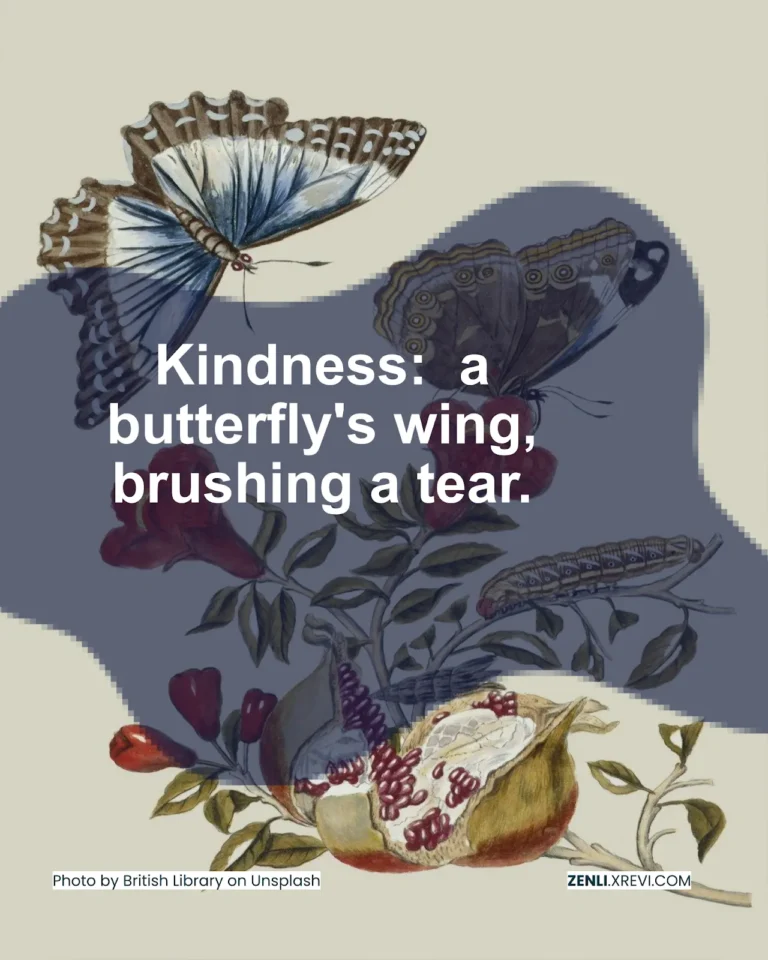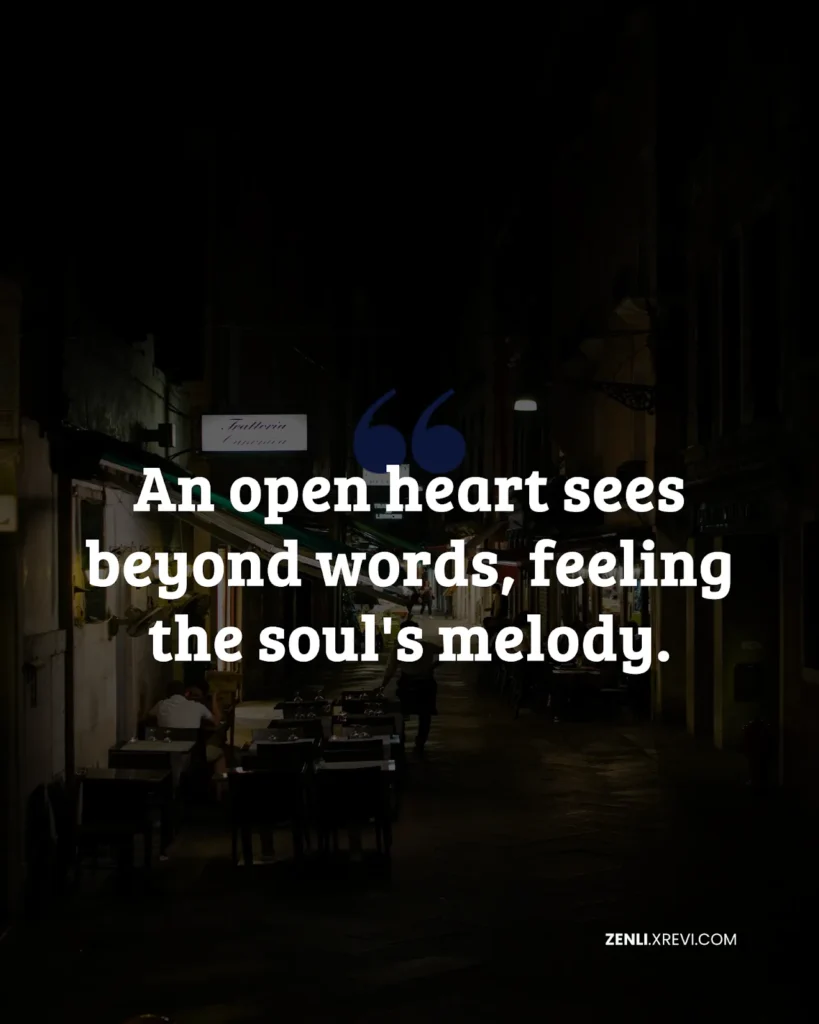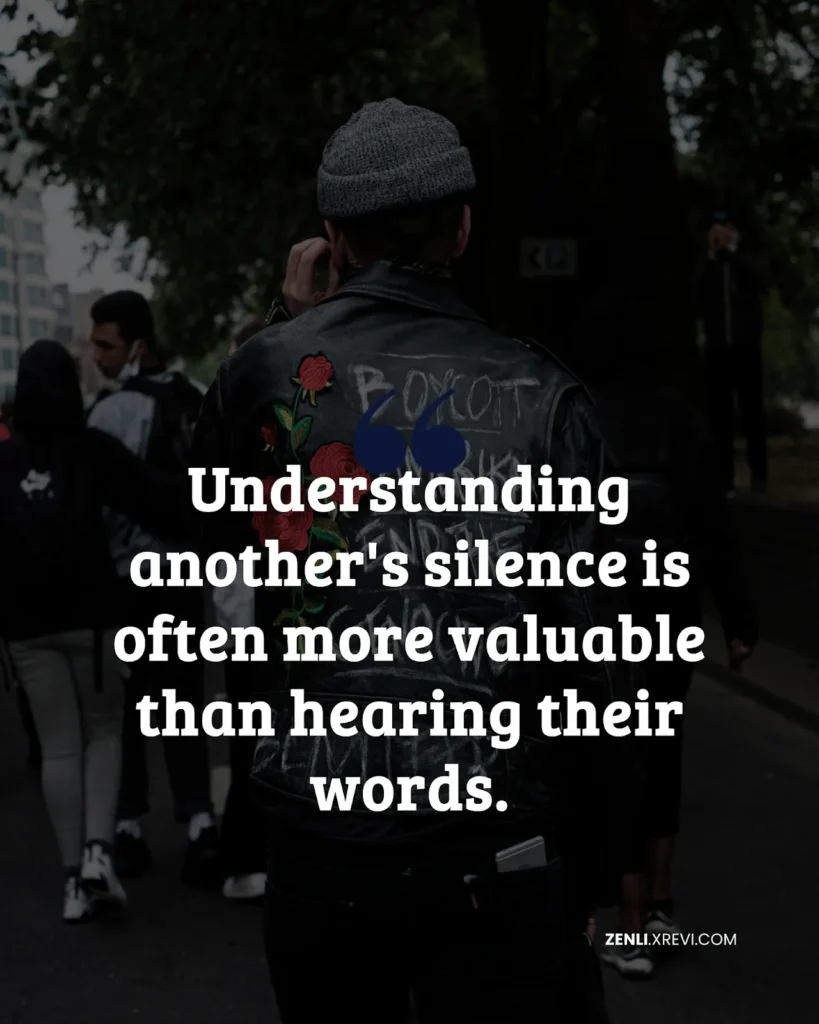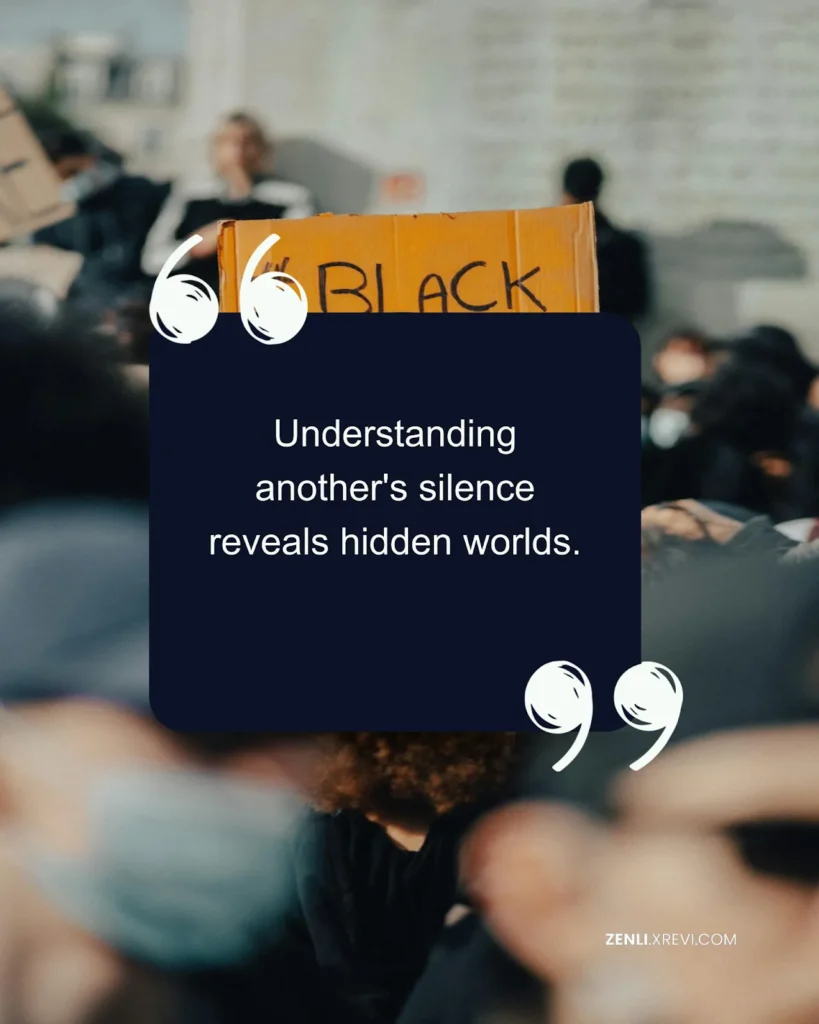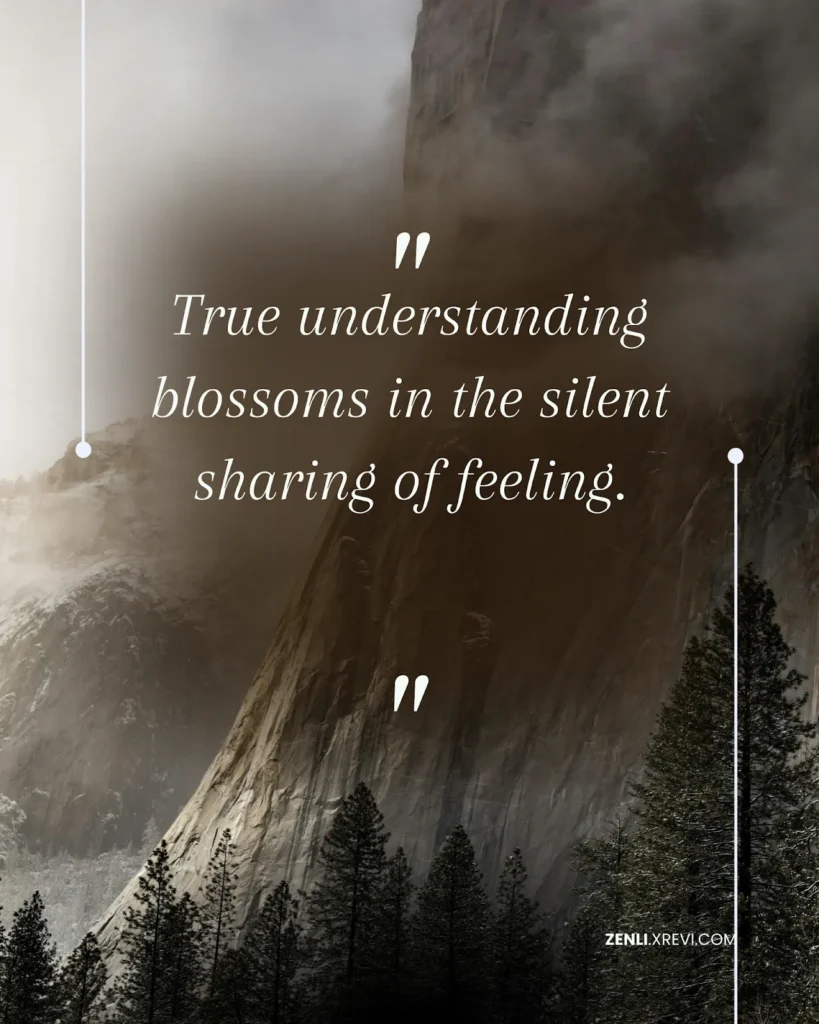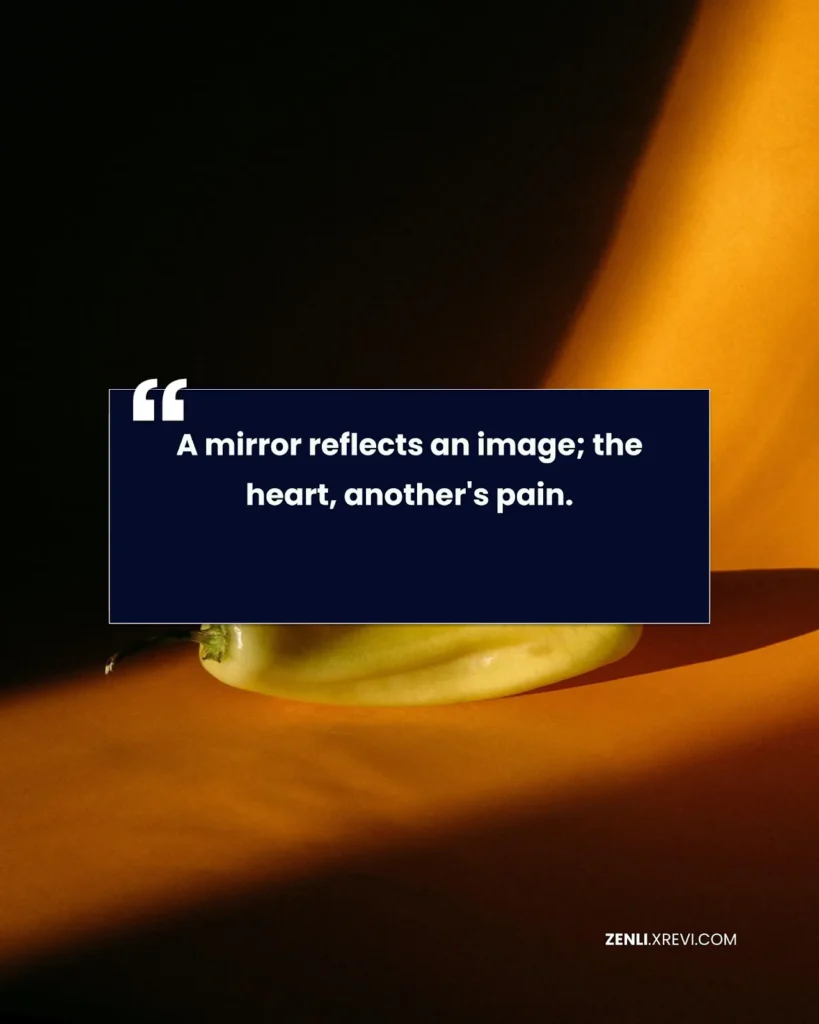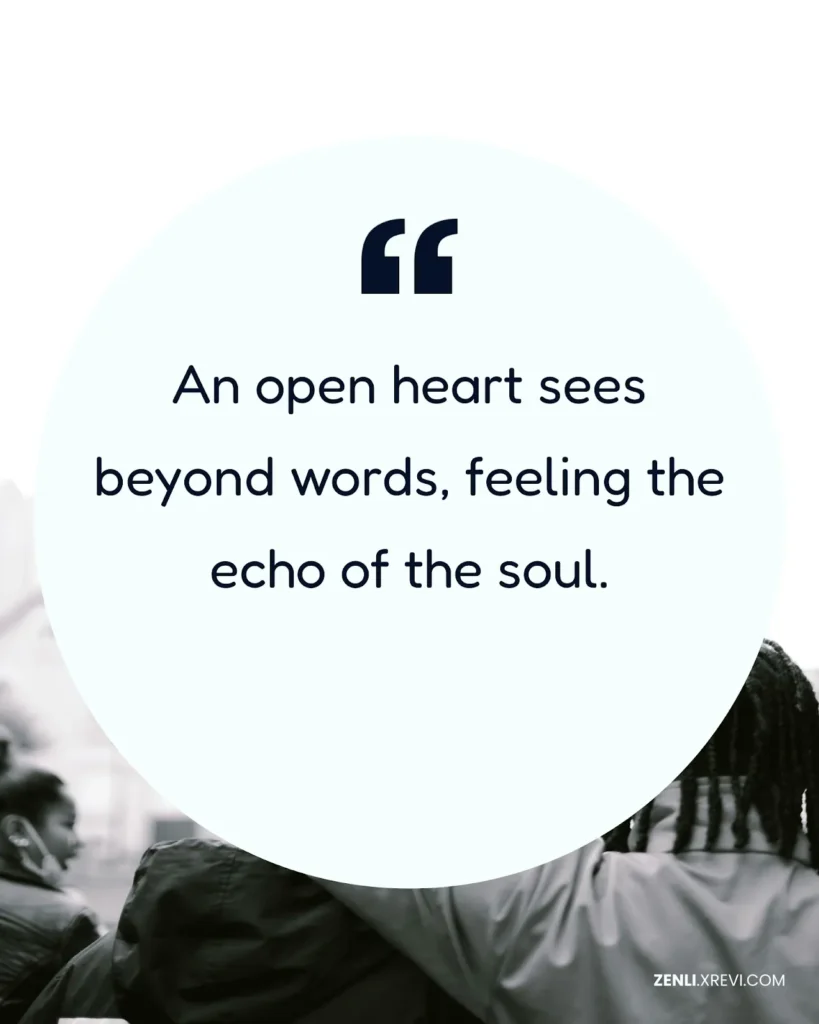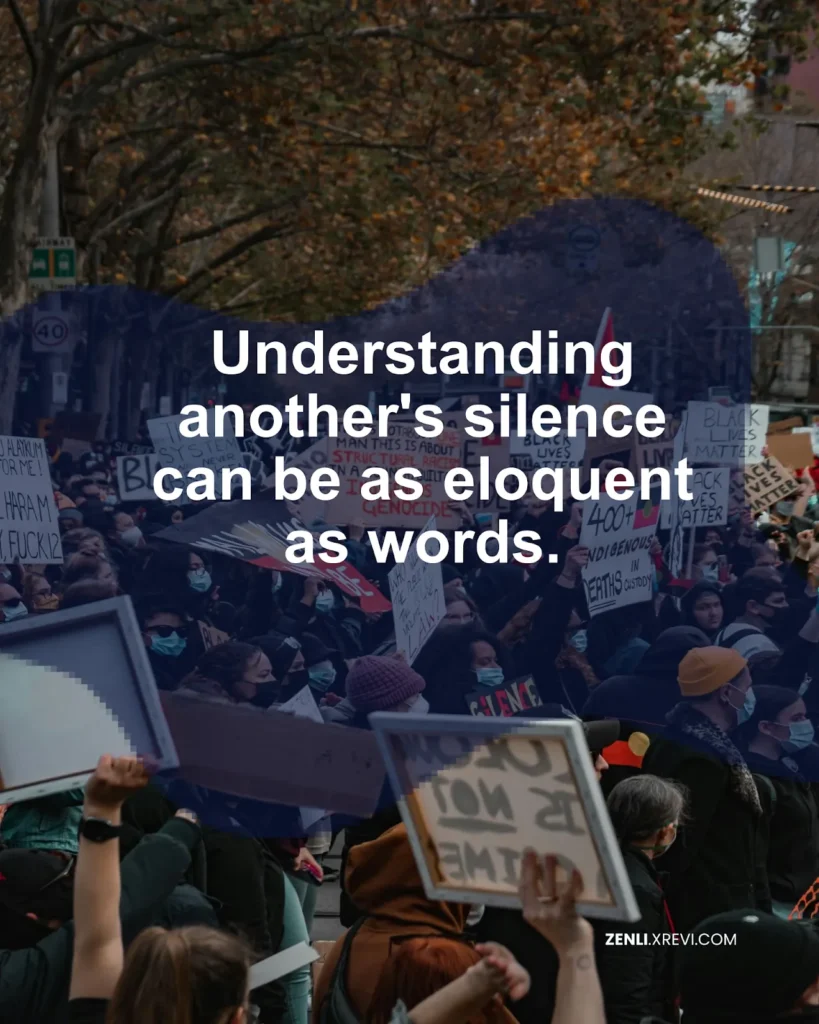We’ve all been there. That moment when you see someone struggling, whether it’s the overwhelmed parent at the grocery store, the friend confiding in you about a difficult breakup, or even the elderly person struggling to reach a dropped item. In those instances, a simple glance, a small gesture, or even just a silent acknowledgment can speak volumes. It’s in those moments we experience the power – and the necessity – of empathy. It’s not about fixing everything, it’s about connecting, about truly seeing another person and understanding their experience, even if it’s drastically different from our own. It’s about recognizing that shared humanity, that bond of shared experience that underlies our seemingly disparate lives. Empathy isn’t just a feeling; it’s a practice, a skill we can cultivate to build stronger relationships and a kinder world. But how do we nurture that ability to understand and connect on a deeper level?
Kindness: a butterfly’s wing, brushing a tear.
This beautiful metaphor perfectly captures the essence of empathetic kindness. Imagine a butterfly, delicate and fragile, its wing a whisper of touch. That’s how empathy often operates – a gentle, almost imperceptible action that can have a profound impact. A single act of kindness, a listening ear, a helping hand, can be the difference between feeling utterly alone and experiencing a surge of hope. Think of the friend who offered a comforting hug after a difficult day; the colleague who shared their own experiences to help you navigate a challenge; the stranger who held the door open for you, acknowledging your presence. These seemingly small acts, these brushstrokes of kindness, are the butterfly wings that gently lift the weight of sadness and replace it with a sense of connection and support. They’re the quiet acts of recognition that say, “I see you, and I care.” The power lies in the intention, in the genuine desire to alleviate another’s suffering, however small.
Applying this understanding in our everyday lives means consciously choosing to listen more than we speak, to validate others’ feelings rather than dismissing them, and to offer support even when we might not fully grasp their experience. It means practicing active listening, putting aside our own judgments and perspectives to truly understand another’s point of view. It means extending compassion, even to those who seem different from us, who hold opposing viewpoints, or who have made choices we might disagree with. It’s a constant process of learning, growing, and challenging our own biases. This isn’t about always agreeing, but about understanding the root of another person’s emotions and reacting with kindness and compassion.
In conclusion, nurturing empathy isn’t just about being a better person; it’s about building a better world. It’s about fostering understanding, compassion, and ultimately, a stronger sense of community. Take some time today to reflect on your own interactions, consider how you could offer a “butterfly’s wing” to someone in need, and share your thoughts on how we can cultivate more empathy in our daily lives. Let’s work together to create a world where kindness is not just a fleeting moment, but a constant, gentle breeze.
Photo by British Library on Unsplash
